Water Management
How To Model A City’s Future Water Demand ?
Views : 7
How To Model A City’s Future Water Demand
Prepared By: Samista Jugwanth, Stefan Pike and Aldré Nel
Usually dispatched in 2 to 3 days
Usually dispatched in 2 to 3 days
Category:
Water Management
Only logged in customers who have purchased this product may leave a review.
Related books
Assessment of Wastewater Management Technologies in the Wider Caribbean Region
Introduction
The increasing scarcity of water in the world coupled with rapid population growth, particularly in urban areas, is an ever more concerning phenomenon and gives rise to the need for appropriate integrated water resources management practices. Water supply, sanitation and water management are recognised as global concerns and have become a part of the Millennium Objectives. The Heads of State and Government convened at the United Nations 2000 meeting committed –upon adopting the Millennium Objectives– to reduce by half the proportion of world population without access to drinking water or basic sanitation services, and to do so by the year 2015. Water is of vital importance to development. The water and sanitation deficit in the Latin American and Caribbean (LAC) region is a major cause for concern. The LAC region possesses 30 percent of the world’s water resources; however, large segments of the population live in areas where water –when it exists– is either scarce or polluted. In addition, the distribution of population with respect to these water resources is highly irregular or inequitable. At present, despite the fact that 86 percent of the region’s population has access to a source of drinking water, only 49 percent has access to sanitation services (Looker, 1998). In the LAC region’s large urban centres, the lack of appropriate sanitation services has resulted in tremendous health problems for the poorest population. It is estimated that close to 150 of the nearly 510 million inhabitants of the region do not have access to any safe source of water at all, and nearly 250 million do not receive sewerage services (Looker, 1998). Many Caribbean islands have a low availability of water, and some of the more populated areas are very limited in this resource. For this reason desalinizing plants have played an important role in some countries such as Antigua and Barbuda, the Bahamas and Barbados. In the cities of the LAC region 13 percent of the population has no access to sanitation services, whereas 7 percent has no access to a source of drinking water. The lack of access to a safe source of water and to sanitation services, together with high population density, generates immense public health problems. In developing nations – where less than 10 percent of wastewater is treated– diarrhoea is one of the primary causes of infant mortality, showing disproportionately high rates in the poor population of these countries. Vector-related disease, such as malaria, also increases in sites containing stagnant wastewater (Looker, 1998).
Assessment of Wastewater Management Technologies in the Wider Caribbean Region
Introduction
The increasing scarcity of water in the world coupled with rapid population growth, particularly in urban areas, is an ever more concerning phenomenon and gives rise to the need for appropriate integrated water resources management practices. Water supply, sanitation and water management are recognised as global concerns and have become a part of the Millennium Objectives. The Heads of State and Government convened at the United Nations 2000 meeting committed –upon adopting the Millennium Objectives– to reduce by half the proportion of world population without access to drinking water or basic sanitation services, and to do so by the year 2015. Water is of vital importance to development. The water and sanitation deficit in the Latin American and Caribbean (LAC) region is a major cause for concern. The LAC region possesses 30 percent of the world’s water resources; however, large segments of the population live in areas where water –when it exists– is either scarce or polluted. In addition, the distribution of population with respect to these water resources is highly irregular or inequitable. At present, despite the fact that 86 percent of the region’s population has access to a source of drinking water, only 49 percent has access to sanitation services (Looker, 1998). In the LAC region’s large urban centres, the lack of appropriate sanitation services has resulted in tremendous health problems for the poorest population. It is estimated that close to 150 of the nearly 510 million inhabitants of the region do not have access to any safe source of water at all, and nearly 250 million do not receive sewerage services (Looker, 1998). Many Caribbean islands have a low availability of water, and some of the more populated areas are very limited in this resource. For this reason desalinizing plants have played an important role in some countries such as Antigua and Barbuda, the Bahamas and Barbados. In the cities of the LAC region 13 percent of the population has no access to sanitation services, whereas 7 percent has no access to a source of drinking water. The lack of access to a safe source of water and to sanitation services, together with high population density, generates immense public health problems. In developing nations – where less than 10 percent of wastewater is treated– diarrhoea is one of the primary causes of infant mortality, showing disproportionately high rates in the poor population of these countries. Vector-related disease, such as malaria, also increases in sites containing stagnant wastewater (Looker, 1998).
Industrial Wastewater Management Problems in Borg El-Arab New Industrial City.
ABSTRACT:
Borg El-Arab is a new industrial city within Alexandria containing around 1200 factory distributed within four industrial zones. Since 2008, the sanitary system including the treatment plant of Borg El-Arab was handed to Alexandria Sanitary Drainage Company (ASDCO) for management. From the preliminary survey it was found that all factory's effluents were not complying with the limits of Law 93 for year 1962 and its presidential decree 44 for year 2000. They dispose their raw wastewater directly into the sewerage system, which creates a chronic street flooding problems all over the industrial zones. As well as affecting the quality of the old treatment plant influent located at the east of the city and the newly instructed tertiary treatment plant. These factories did not construct effective industrial effluent treatment systems for their wastes, which were supposed to be constructed before getting the permission to start the industrial activity and production. Another problem was the lack of effective industrial effluent inspection, monitoring, and weakness of the legal power and action against non-complying industries. Finally, there was no technical assistance system. Alexandria Sanitary Drainage Company carried out a Management system to solve these problems through: 1) Industrial survey for technical assistance to apply pollution prevention concepts; 2) Periodical sampling and monitoring program based on severity of the industry; 3) Compliance evaluation to take step by step action for non-complying factories after re[1]assisting non-complying factories to reconcile their situation, this system applies for already existing industries. For new industries it is essential to apply an additional step which is that the Municipality should get our permission before giving license to industries to start practicing their activity.; 4) Applying a cost recovery program. According to applying these steps problems have decreased and number of complying industries has increased. Under these circumstances we would like to stress on the importance of applying On-line Monitoring systems to assure effective control of industrial effluent quality 24/7.
Industrial Wastewater Management Problems in Borg El-Arab New Industrial City.
ABSTRACT:
Borg El-Arab is a new industrial city within Alexandria containing around 1200 factory distributed within four industrial zones. Since 2008, the sanitary system including the treatment plant of Borg El-Arab was handed to Alexandria Sanitary Drainage Company (ASDCO) for management. From the preliminary survey it was found that all factory's effluents were not complying with the limits of Law 93 for year 1962 and its presidential decree 44 for year 2000. They dispose their raw wastewater directly into the sewerage system, which creates a chronic street flooding problems all over the industrial zones. As well as affecting the quality of the old treatment plant influent located at the east of the city and the newly instructed tertiary treatment plant. These factories did not construct effective industrial effluent treatment systems for their wastes, which were supposed to be constructed before getting the permission to start the industrial activity and production. Another problem was the lack of effective industrial effluent inspection, monitoring, and weakness of the legal power and action against non-complying industries. Finally, there was no technical assistance system. Alexandria Sanitary Drainage Company carried out a Management system to solve these problems through: 1) Industrial survey for technical assistance to apply pollution prevention concepts; 2) Periodical sampling and monitoring program based on severity of the industry; 3) Compliance evaluation to take step by step action for non-complying factories after re[1]assisting non-complying factories to reconcile their situation, this system applies for already existing industries. For new industries it is essential to apply an additional step which is that the Municipality should get our permission before giving license to industries to start practicing their activity.; 4) Applying a cost recovery program. According to applying these steps problems have decreased and number of complying industries has increased. Under these circumstances we would like to stress on the importance of applying On-line Monitoring systems to assure effective control of industrial effluent quality 24/7.
RO Reject Water Management Techniques
Abstract
To meet with the growing water requirements, along with the waste water from municipal sewage treatment plant, it is critical to consider the reuse of waste water from the industries wherever possible. In the Indian context, this has already been started in some of the big industries especially in metro cities and it must be implemented at all level possible industries. Ultrafiltration (UF), reverse osmosis (RO) and a membrane bioreactor (MBR) will all be an integral part of this. From last five decades, the variation for increase in population and decrease in available clean water is noticeable. Waste water reuse is not only the requirement but it also provides several eco-friendly benefits.
RO Reject Water Management Techniques
Abstract
To meet with the growing water requirements, along with the waste water from municipal sewage treatment plant, it is critical to consider the reuse of waste water from the industries wherever possible. In the Indian context, this has already been started in some of the big industries especially in metro cities and it must be implemented at all level possible industries. Ultrafiltration (UF), reverse osmosis (RO) and a membrane bioreactor (MBR) will all be an integral part of this. From last five decades, the variation for increase in population and decrease in available clean water is noticeable. Waste water reuse is not only the requirement but it also provides several eco-friendly benefits.
Effective Policies and Management of Water Supplies Utilizing Integrated Water Resources Management Frameworks in Saudi Arabia
• Most water challenges are political,economic,andsocial. If we can improve water governance using the integrated approach, we will get closer to a water-secure world.
• The purpose of the IWRM tools is to provide assistance in overcoming the largest obstacles to good water
governance.
• In an effort to encourage a move towards more sustainable approaches to water development and management, the World Summit on Sustainable Development (WSSD) in 2002 called for all
countries to craft the Integrated Water Resources Management (IWRM) and water efficiency strategies by the end of 2005.
• This was emphasized again by the UN-world summit in 2015.
Effective Policies and Management of Water Supplies Utilizing Integrated Water Resources Management Frameworks in Saudi Arabia
• Most water challenges are political,economic,andsocial. If we can improve water governance using the integrated approach, we will get closer to a water-secure world.
• The purpose of the IWRM tools is to provide assistance in overcoming the largest obstacles to good water
governance.
• In an effort to encourage a move towards more sustainable approaches to water development and management, the World Summit on Sustainable Development (WSSD) in 2002 called for all
countries to craft the Integrated Water Resources Management (IWRM) and water efficiency strategies by the end of 2005.
• This was emphasized again by the UN-world summit in 2015.
Baseline Analysis on Domestic Wastewater Management in the Wider Caribbean Region
INTRODUCTION
In the Wider Caribbean Region (WCR), improperly treated domestic wastewater can be a significant source of marine pollution and represents a threat to human health, sustainable development and marine resources. However, a tendency to the stagnation in the sanitation services is observed among many municipalities in the region as population's size and the economy are increased. Also, natural resources vital to economic growth are wasted or lost through misdirected urban policies and practices, and population overspill into areas less suitable for urban development, thus creating further pressure on these resources as urban sprawl increases, turning the town concerned into one large drain 1 . The environmental problems associated with uncontrolled urban development are particularly marked among the poorest urban sectors those with the worst housing and the most restricted access to public services. But the principal impact of unrestrained urban expansion is on the environment caused by pollution of inland and marine waters, exhaustion of water reserves, destruction of woodlands and fertile agricultural land, and encroachment on ecologically-productive territory (the ecological footprint). The severest effects are declining drinking water reserves and deteriorating housing quality, public health and sanitation services 2 . In WCR countries, an important sector of the population lives in coastal areas where sewerage systems are deficient and even absent in some cases and have illegal connections to the storm drains. The limited access to a basic sanitation by means of the domiciliary connection to a sewer system, low[1]cost household systems made up of septic tanks, dry latrine and with discharge of water, and to the simple pit latrine; as well as the shortage of sewage treatment plants in countries that have sewer systems causing risks to public health and the environment 3 . The pattern of sanitation cover in the region is extremely patchy in terms of its extent and treatment capabilities, reflecting sharp differences between the various countries in terms of culture and tradition, as well as degrees of socio-economic development; factors that significantly influence the lives of their populations and the environmental quality. The development of these services in the region over the last three decades compares quite favorably with other parts of the world. However, as regards to coverage, the absolute numbers are worrying, an estimated 100 million inhabitants (15% of those living in upstream coastal areas) have no access to sanitation services, while some 43% of the sewer system effluents receives some degree of treatment(pre-treatment, primary treatment, secondary treatment, tertiary treatment or sewage discharges by means of submarine outfalls) 4 .
Baseline Analysis on Domestic Wastewater Management in the Wider Caribbean Region
INTRODUCTION
In the Wider Caribbean Region (WCR), improperly treated domestic wastewater can be a significant source of marine pollution and represents a threat to human health, sustainable development and marine resources. However, a tendency to the stagnation in the sanitation services is observed among many municipalities in the region as population's size and the economy are increased. Also, natural resources vital to economic growth are wasted or lost through misdirected urban policies and practices, and population overspill into areas less suitable for urban development, thus creating further pressure on these resources as urban sprawl increases, turning the town concerned into one large drain 1 . The environmental problems associated with uncontrolled urban development are particularly marked among the poorest urban sectors those with the worst housing and the most restricted access to public services. But the principal impact of unrestrained urban expansion is on the environment caused by pollution of inland and marine waters, exhaustion of water reserves, destruction of woodlands and fertile agricultural land, and encroachment on ecologically-productive territory (the ecological footprint). The severest effects are declining drinking water reserves and deteriorating housing quality, public health and sanitation services 2 . In WCR countries, an important sector of the population lives in coastal areas where sewerage systems are deficient and even absent in some cases and have illegal connections to the storm drains. The limited access to a basic sanitation by means of the domiciliary connection to a sewer system, low[1]cost household systems made up of septic tanks, dry latrine and with discharge of water, and to the simple pit latrine; as well as the shortage of sewage treatment plants in countries that have sewer systems causing risks to public health and the environment 3 . The pattern of sanitation cover in the region is extremely patchy in terms of its extent and treatment capabilities, reflecting sharp differences between the various countries in terms of culture and tradition, as well as degrees of socio-economic development; factors that significantly influence the lives of their populations and the environmental quality. The development of these services in the region over the last three decades compares quite favorably with other parts of the world. However, as regards to coverage, the absolute numbers are worrying, an estimated 100 million inhabitants (15% of those living in upstream coastal areas) have no access to sanitation services, while some 43% of the sewer system effluents receives some degree of treatment(pre-treatment, primary treatment, secondary treatment, tertiary treatment or sewage discharges by means of submarine outfalls) 4 .

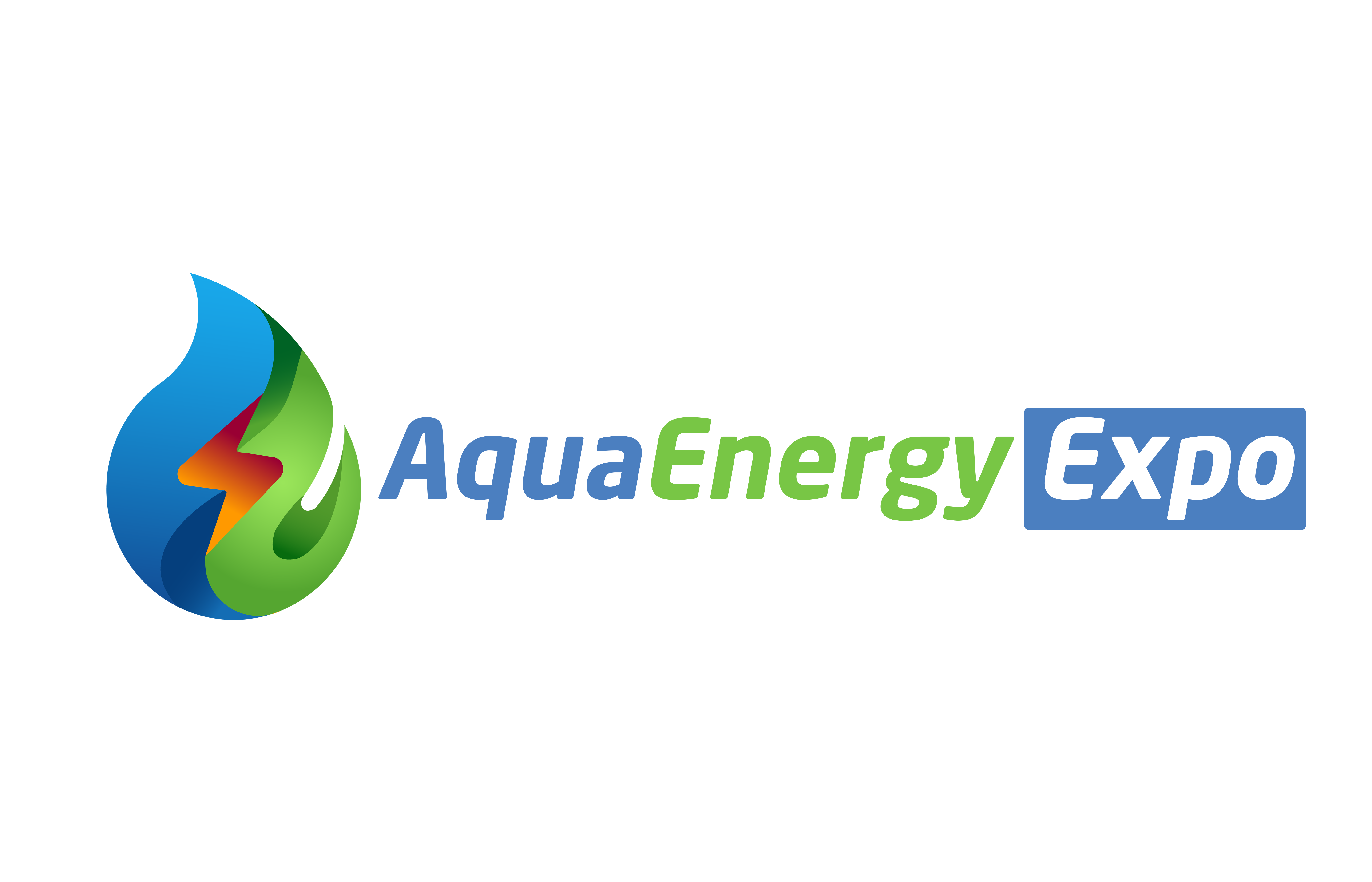
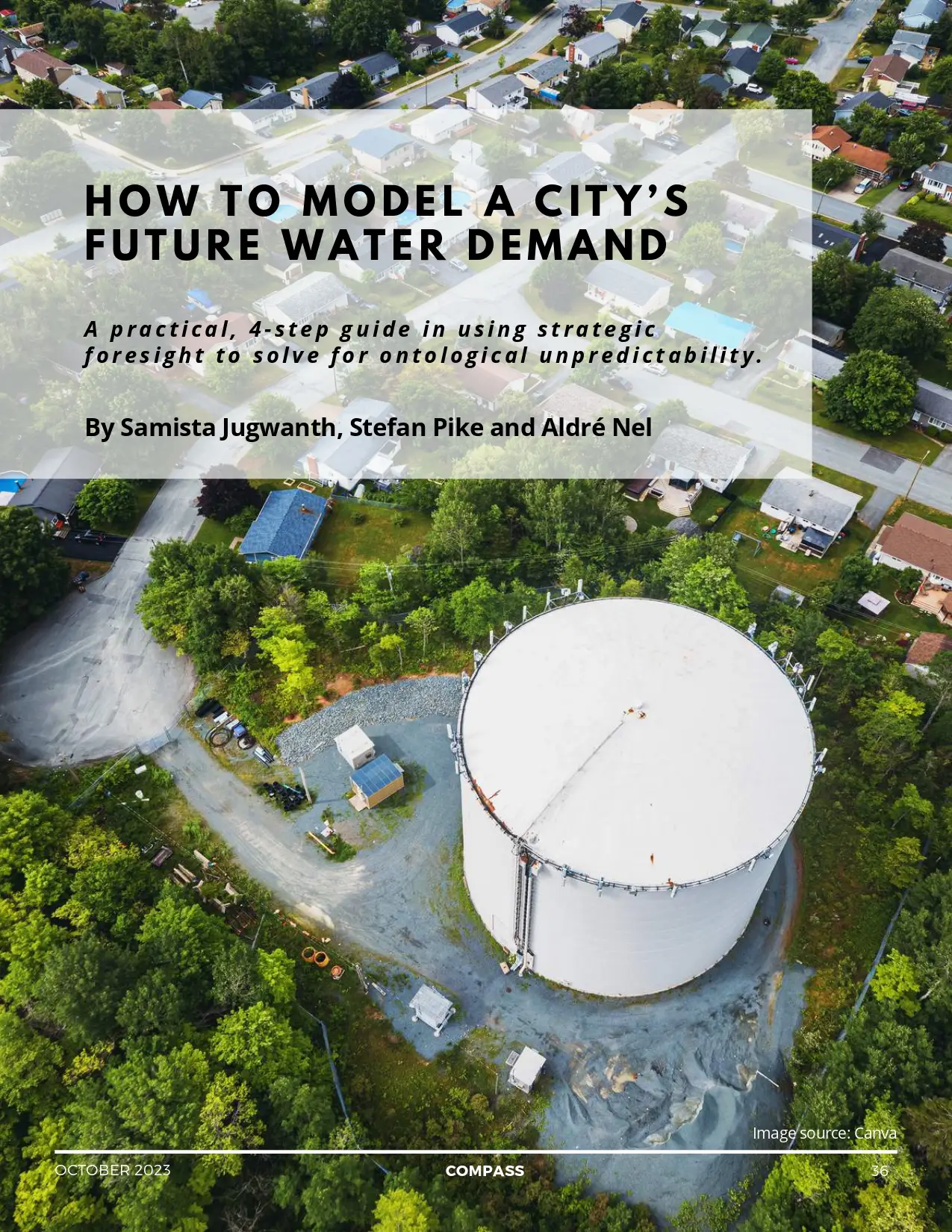
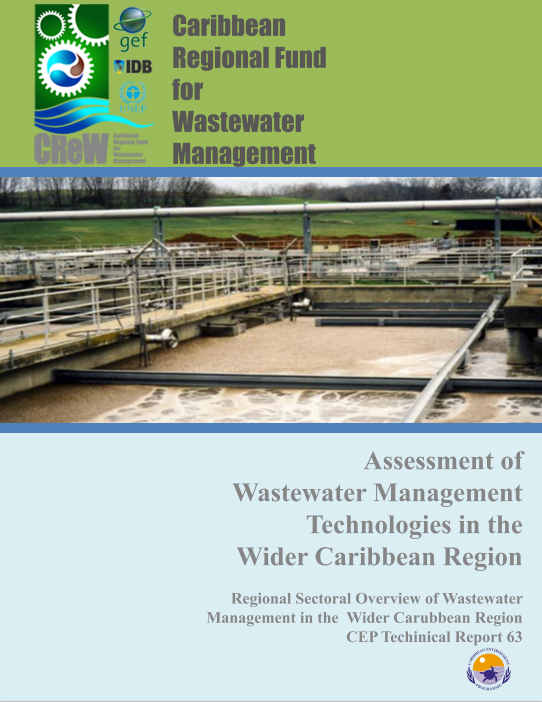
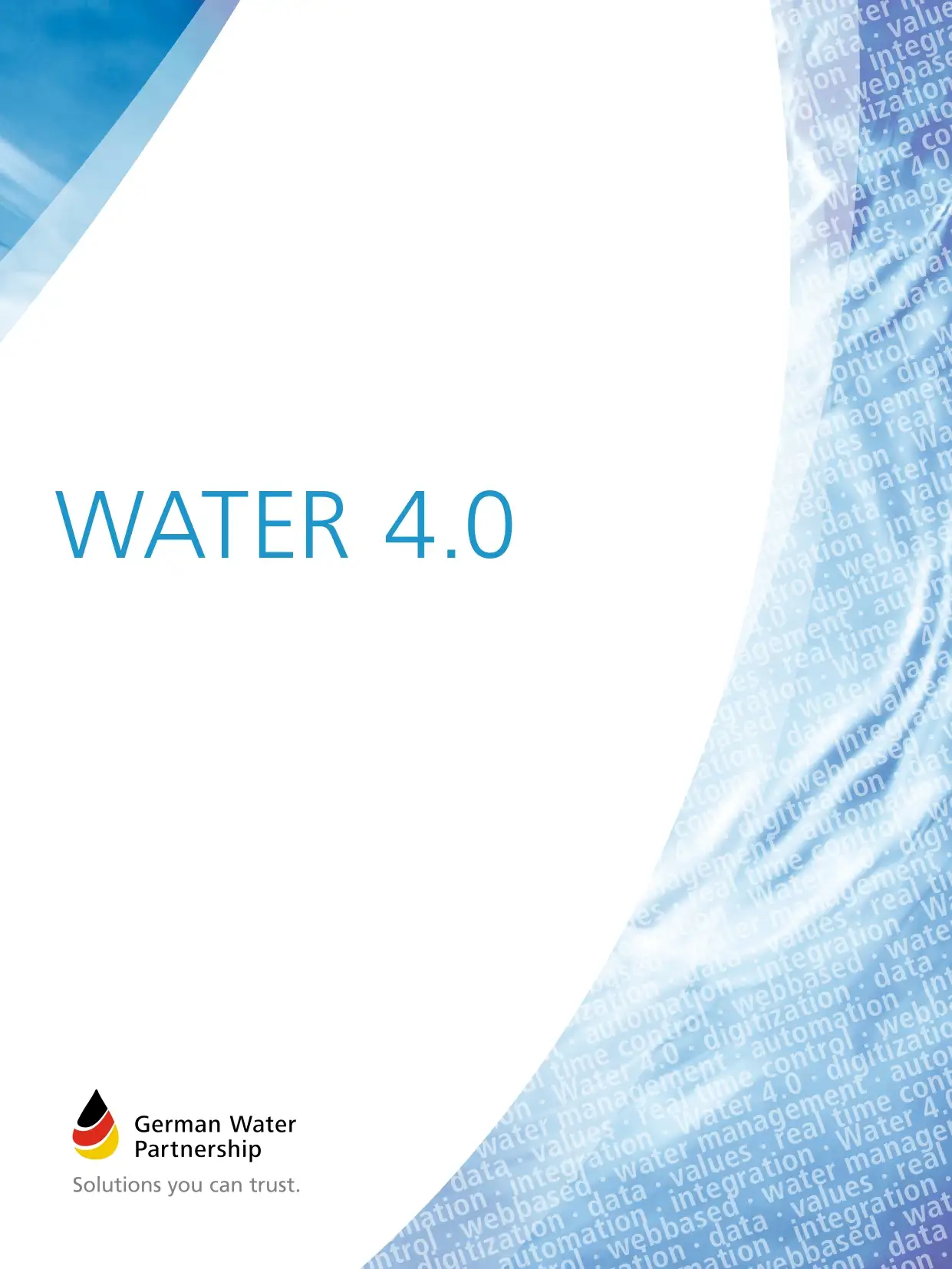

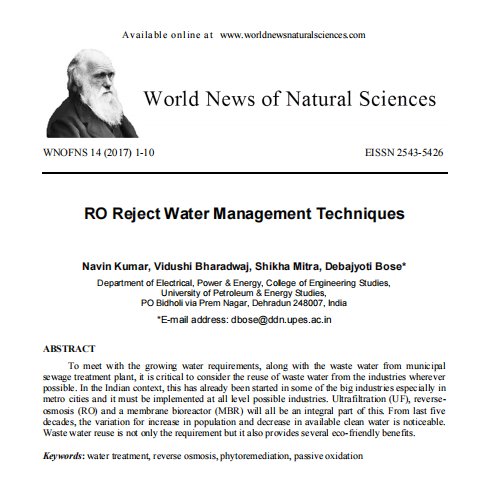
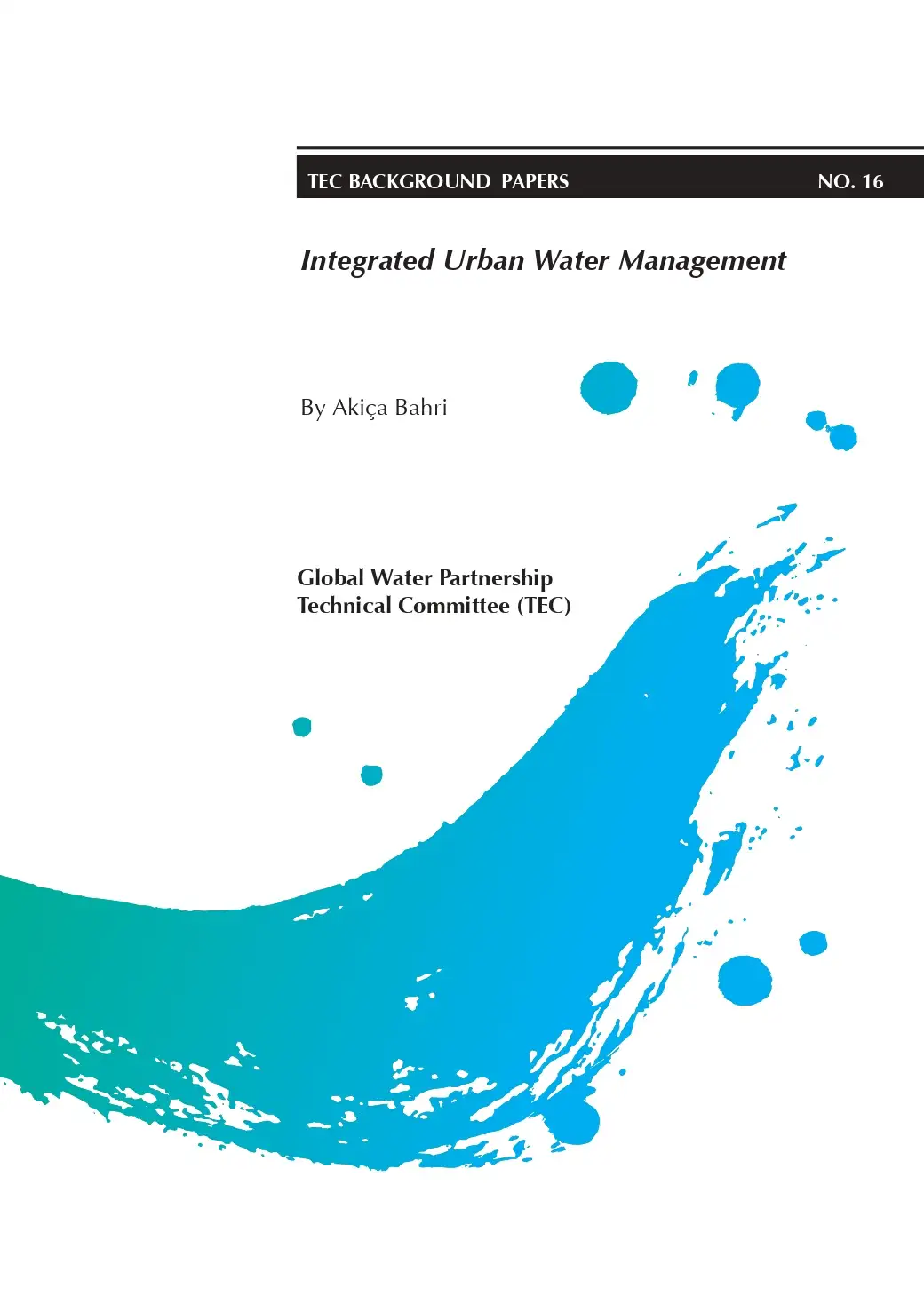

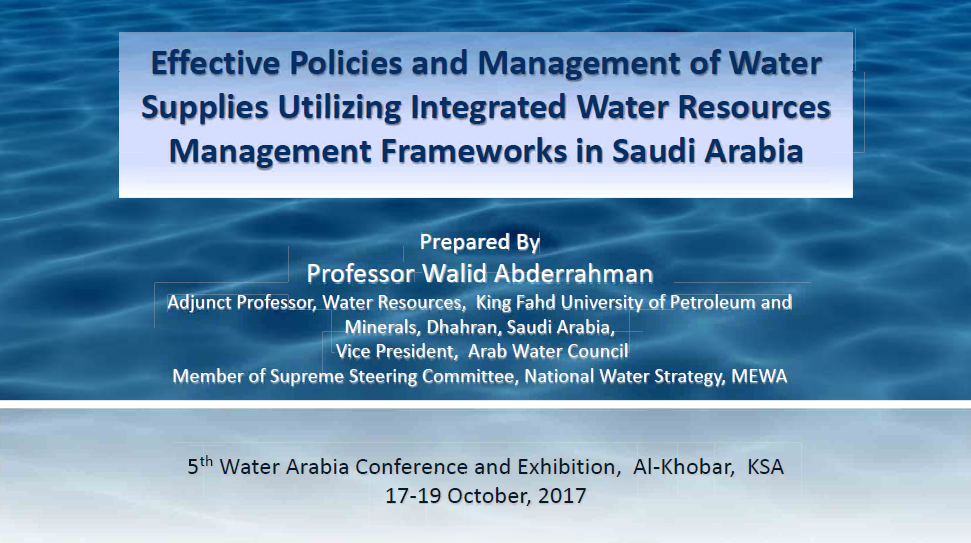
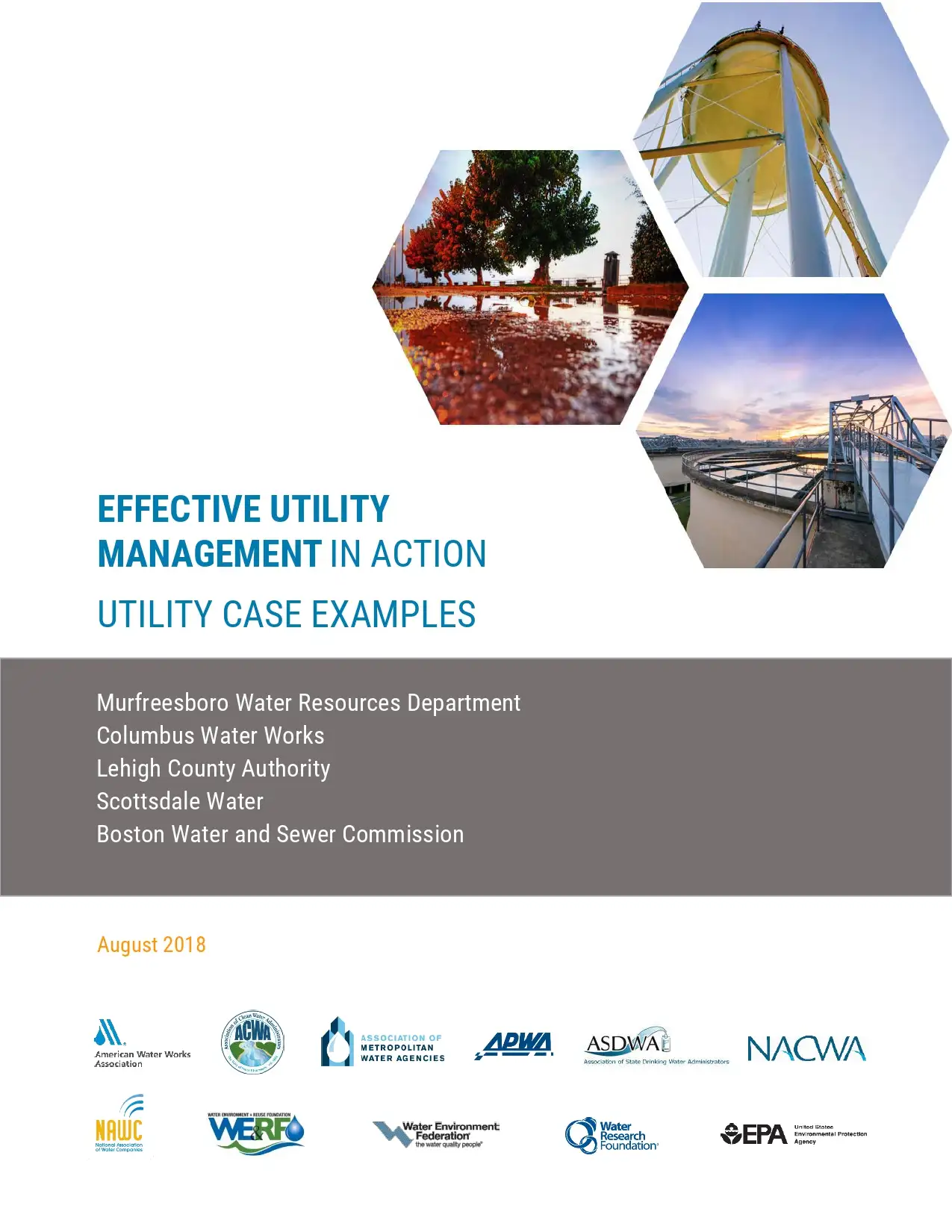

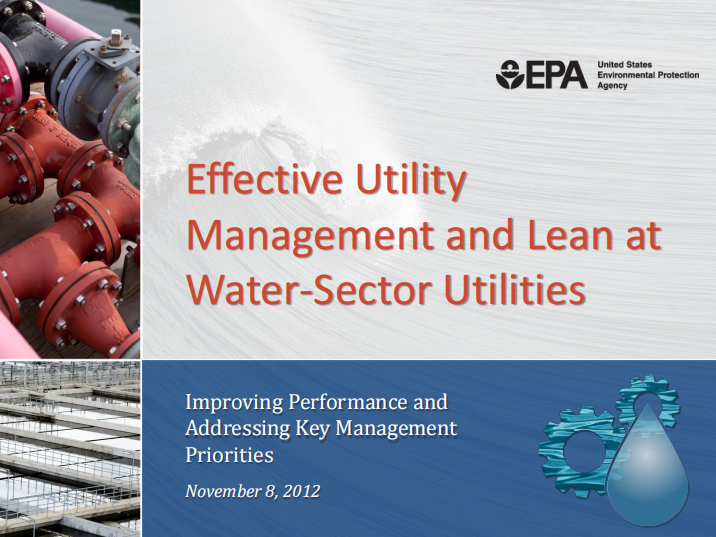
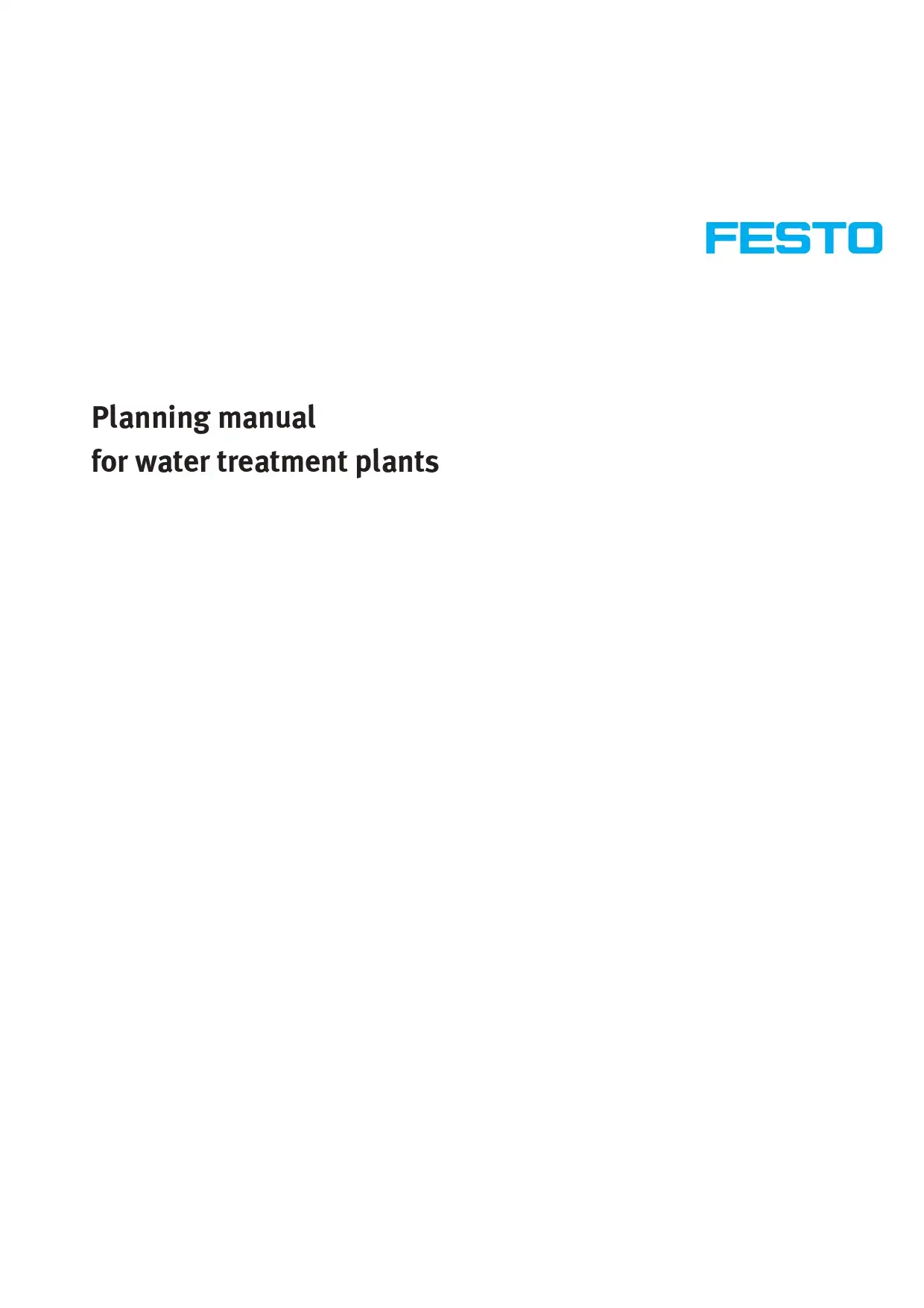
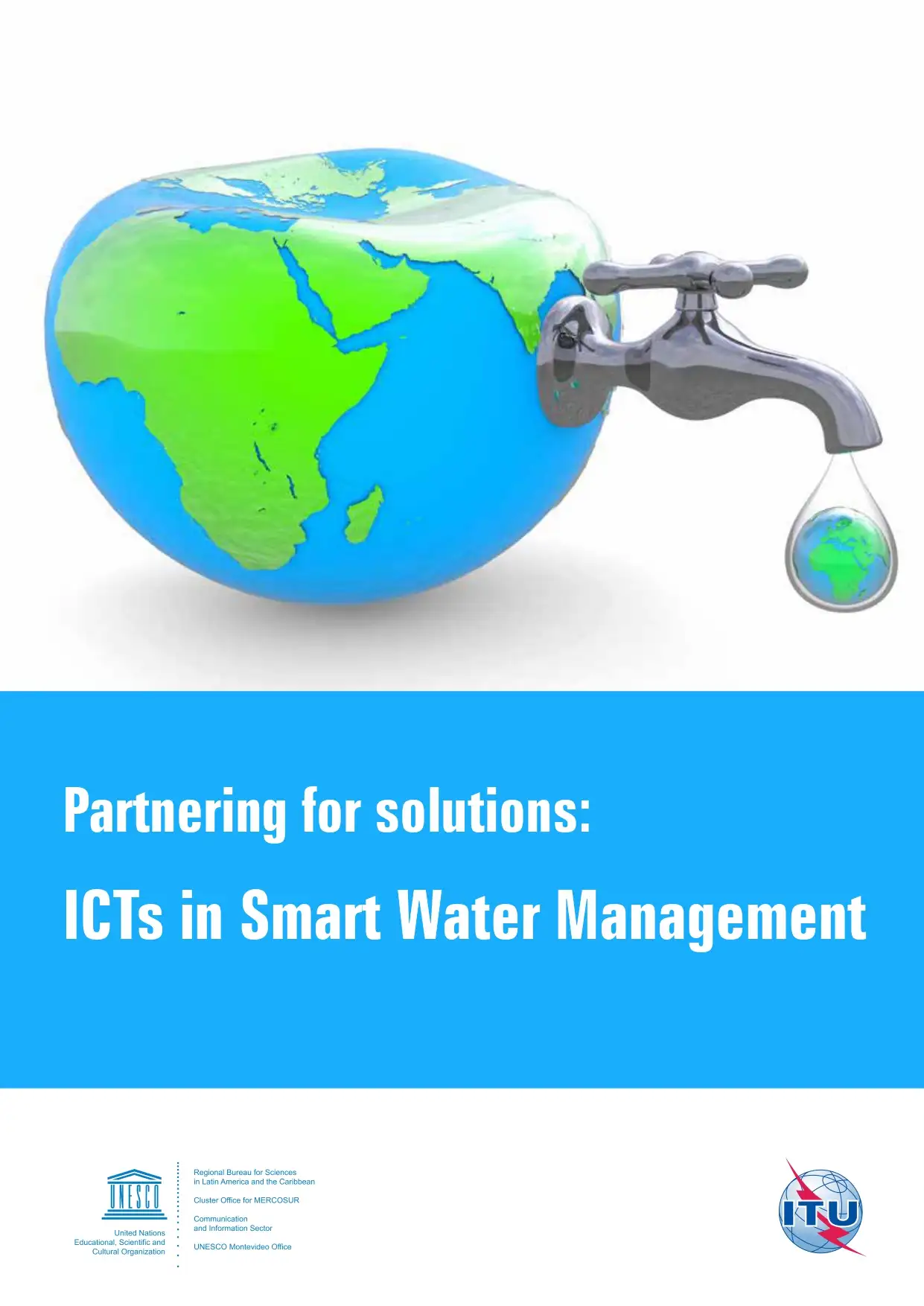
Reviews
There are no reviews yet.